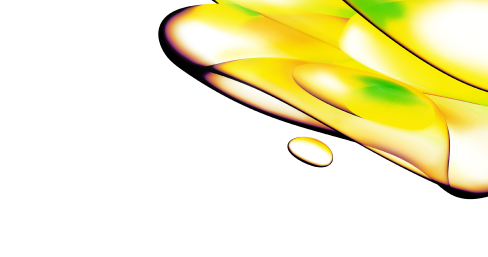Resource Center
Explore Resource Types
We have housed the technical documents (SDS, COAs, Manuals and more) in a dedicated section.
Explore all All Resources
Filters
Select resource types
Select products & services (1)
Select solutions (1)
Active Filters (2)
Clear All
1 - 12 of 34 Results
Sort by:
Best Match
Busting high-content imaging myths
High-content imaging has become a cornerstone of life science research, providing valuable insights into cellular function and drug responses. However, as with any advanced technology, misconceptions and myths can emerge. In this article, we’ll debunk some of the most common myths surrounding high-content imaging, shedding light on its true strengths and limitations.
Murine NASH model could provide insights into NASH development and progression
Researchers explore a multidisciplinary approach to addressing current NAFLD and NASH challenges.
Developing a phenotypic in vitro model for progression of liver steatosis
A recent study developed a model of hepatic steatosis in functional human induced pluripotent stem cell-derived hepatocytes (hiPSC-Hep).
A workflow to characterize and benchmark human induced pluripotent stem cells
Case study describing a high-content imaging workflow to characterize and benchmark human induced pluripotent stem cells
Artemisinins target GABAA receptor signaling and impair α cell identity
Artemisinins Target GABA Receptor Signaling and Impair α Cell Identity encouraging α cells to convert into insulin-producing β-like cells.
A multiparametric live-cell cytotoxicity analysis using the Operetta High-content Analysis System
An in vitro cytotoxicity approach using HepG2 cells, which are used as an effective indicator of the human hepatotoxicity potential of test compounds.
Kinetic analysis of calcium flux activity in human iPSC-derived neurons using the Opera Phenix Plus system
Application note for fast kinetic imaging using HCS to visualize and evaluate spontaneous calcium flux activity in single human iPSC-derived neurons
Improving the throughput of a neuroprotection assay using the opera phenix high content screening system
Download the case study to learn how primary neuron morphology is analyzed in a straightforward approach using Harmony® software and careful assay optimization can increase throughput, and minimize the data burden, without compromising assay performance.
Morphological profiling of human T and NK lymphocytes by high-content imaging
The study in this publication review provides a foundation for the development of morphological profiling as a scalable approach to monitor the immune synapse (IS), primary lymphocyte responsiveness and microarchitecture.
Multifunctional mRNA-based CAR T-cells show promising anti-tumor activity against glioblastoma
Learn how researchers have evaluated the efficiency of mRNA-based multifunctional CAR T-cells against glioblastoma in vitro and in vivo.
Imaging and gene editing approaches highlight important role of autophagy in controlling Mtb infection
Learn how researchers used CRISPR-Cas9 gene editing and high-content imaging approaches to explore the role of autophagy in controlling Mtb infection.
A scalable method to monitor protein levels and localizations in cells
Pooled protein tagging, cellular imaging, and in-situ sequencing to identify cellular response to drug treatment.


Looking for technical documents?
Find the technical documents you need, ASAP, in our easy-to-search library.




























